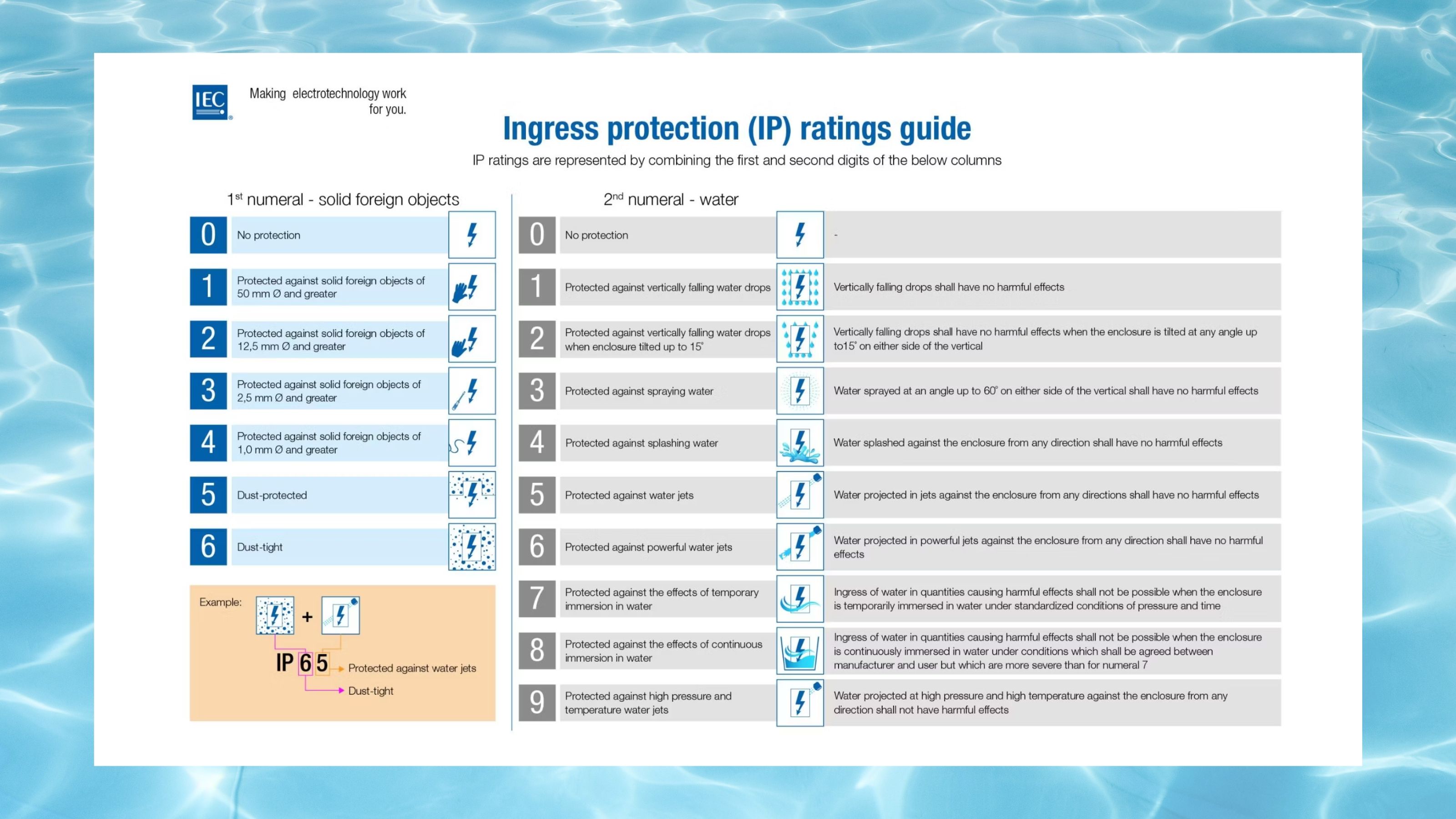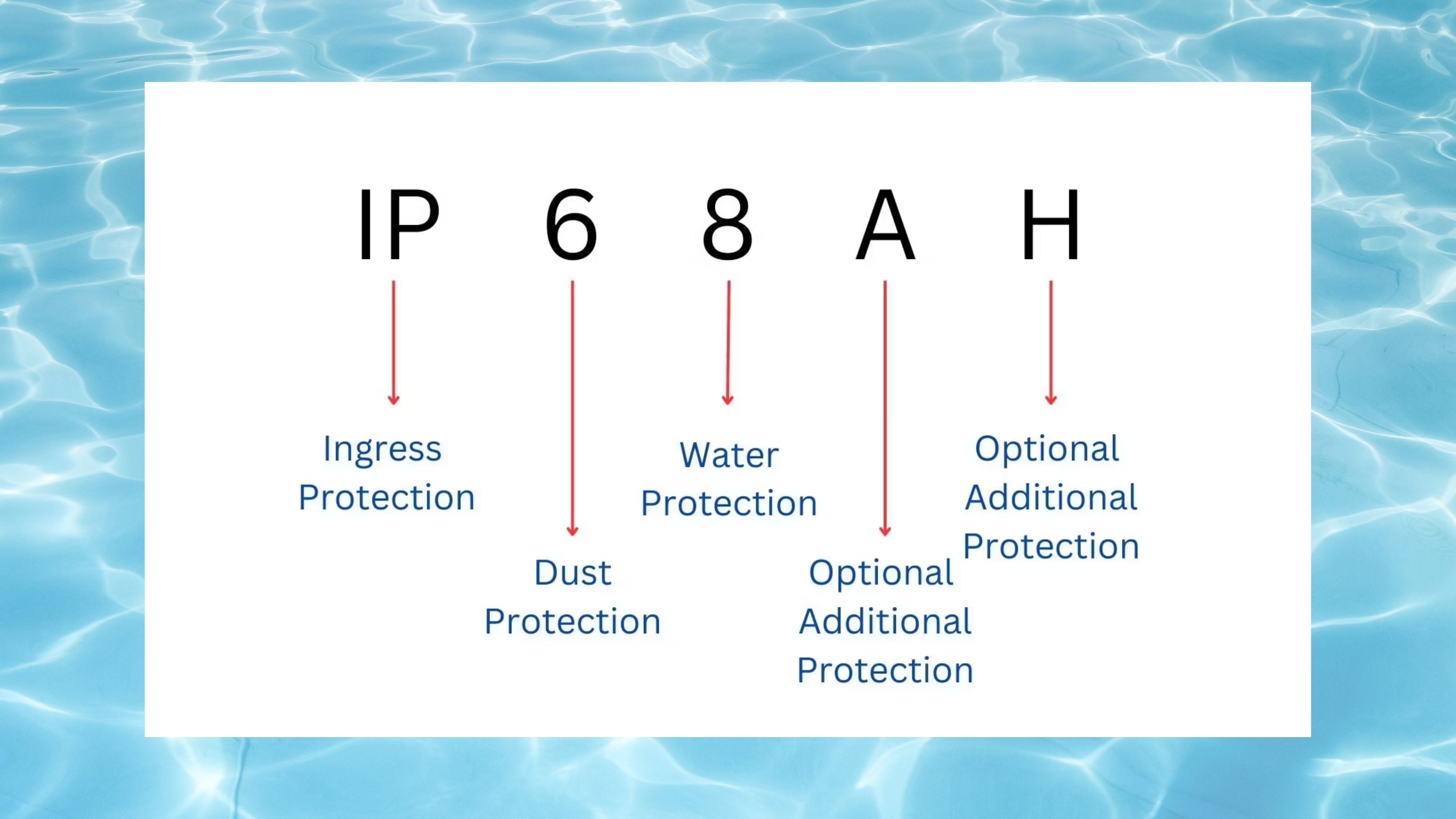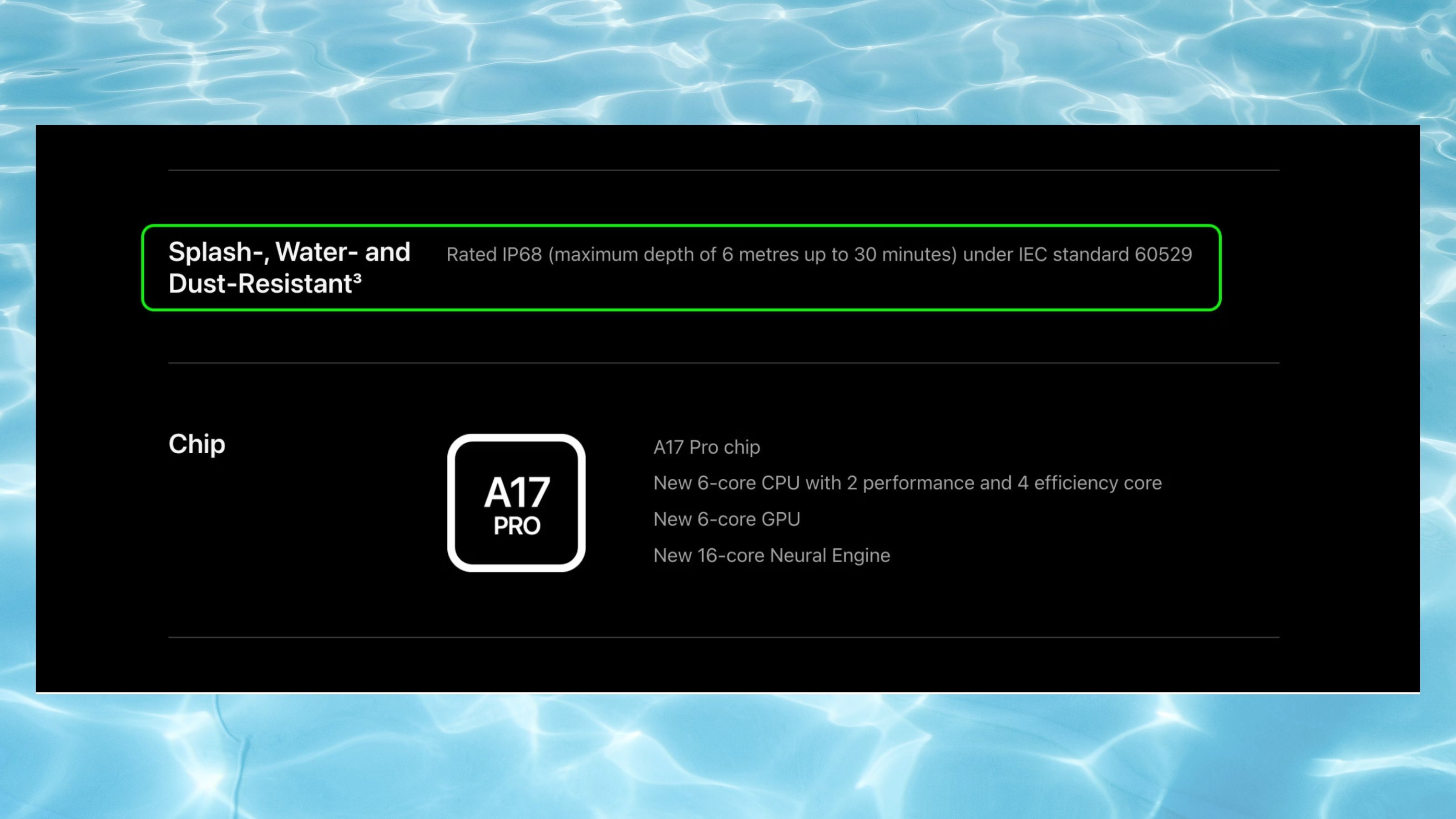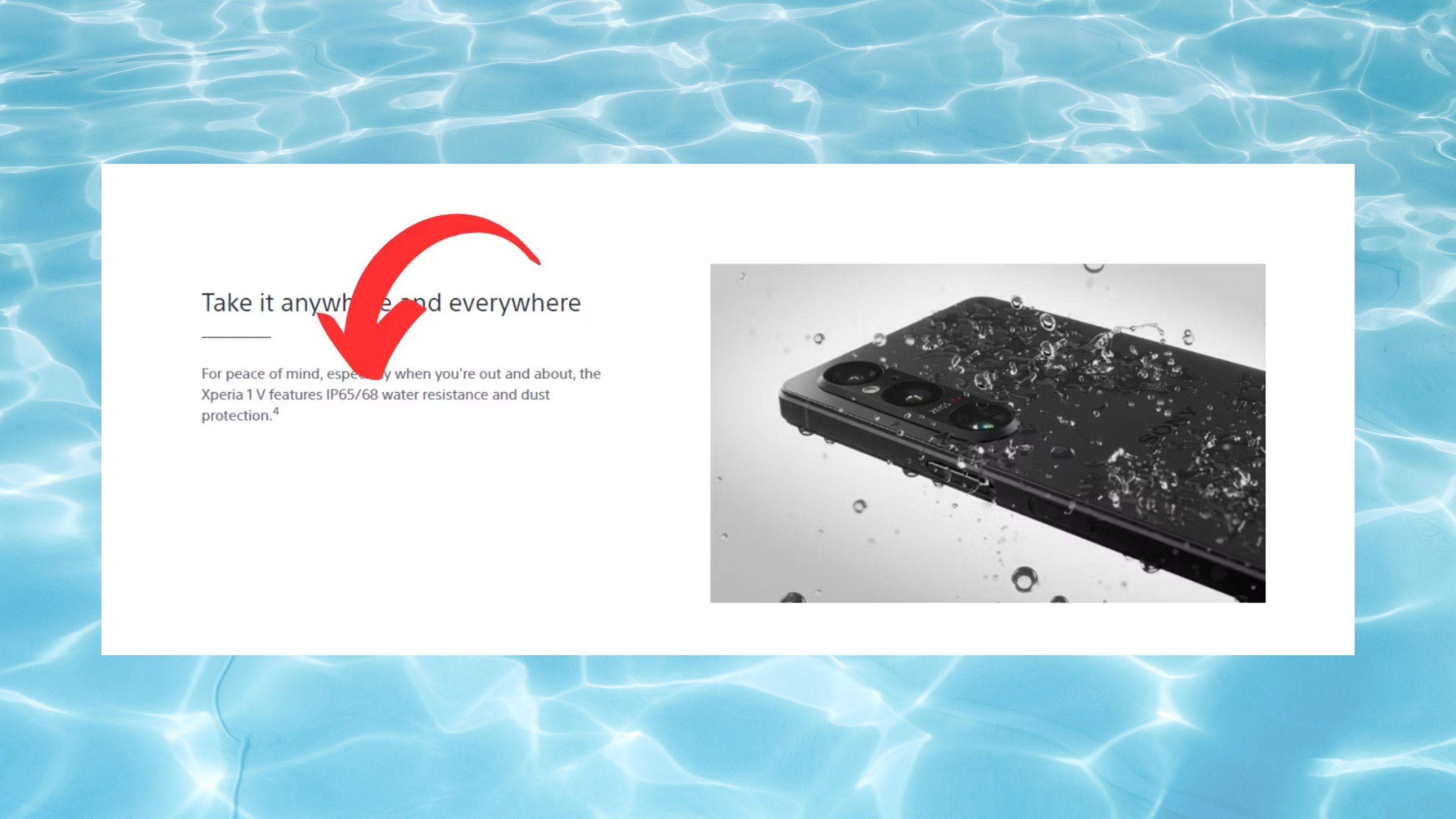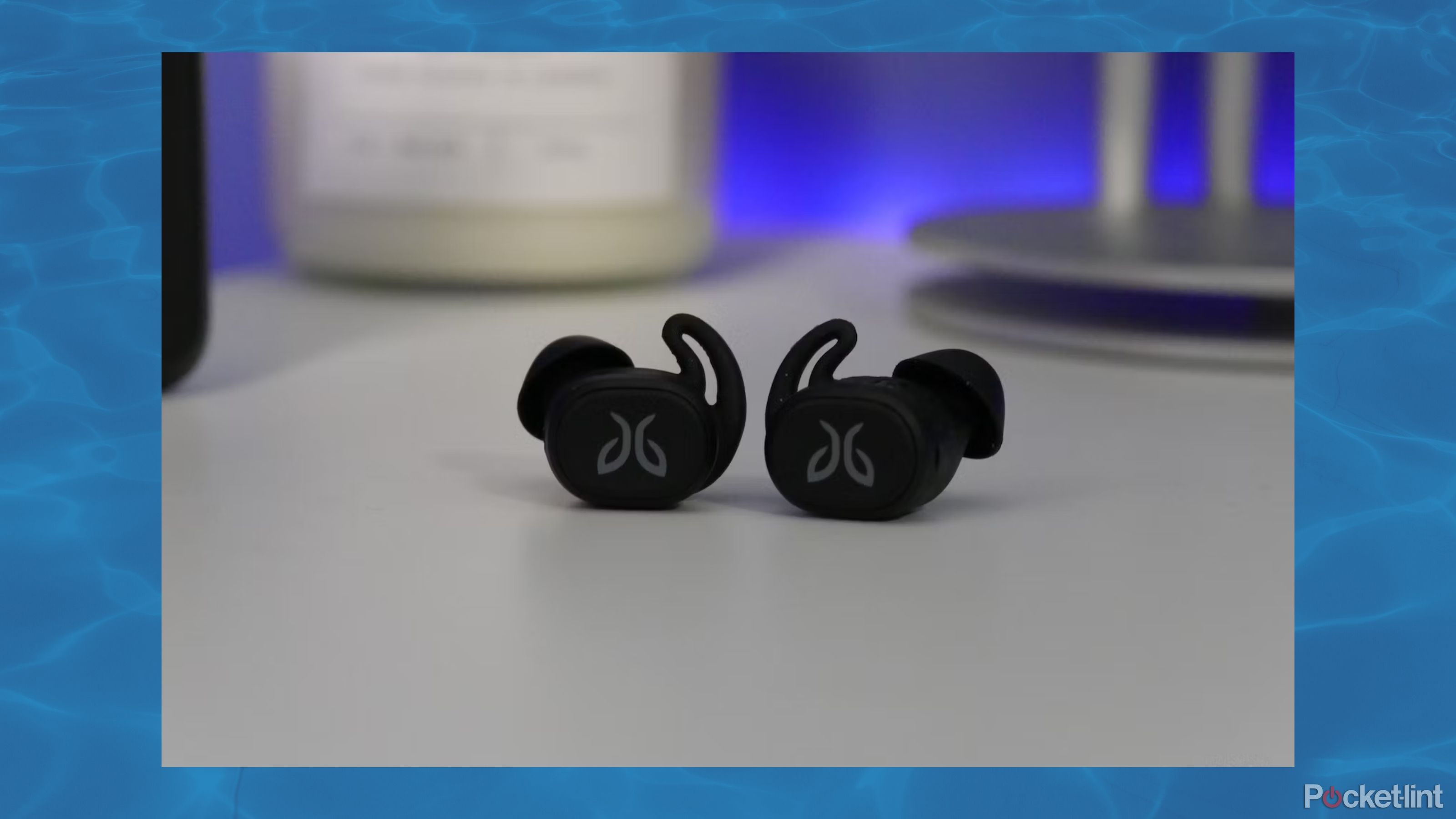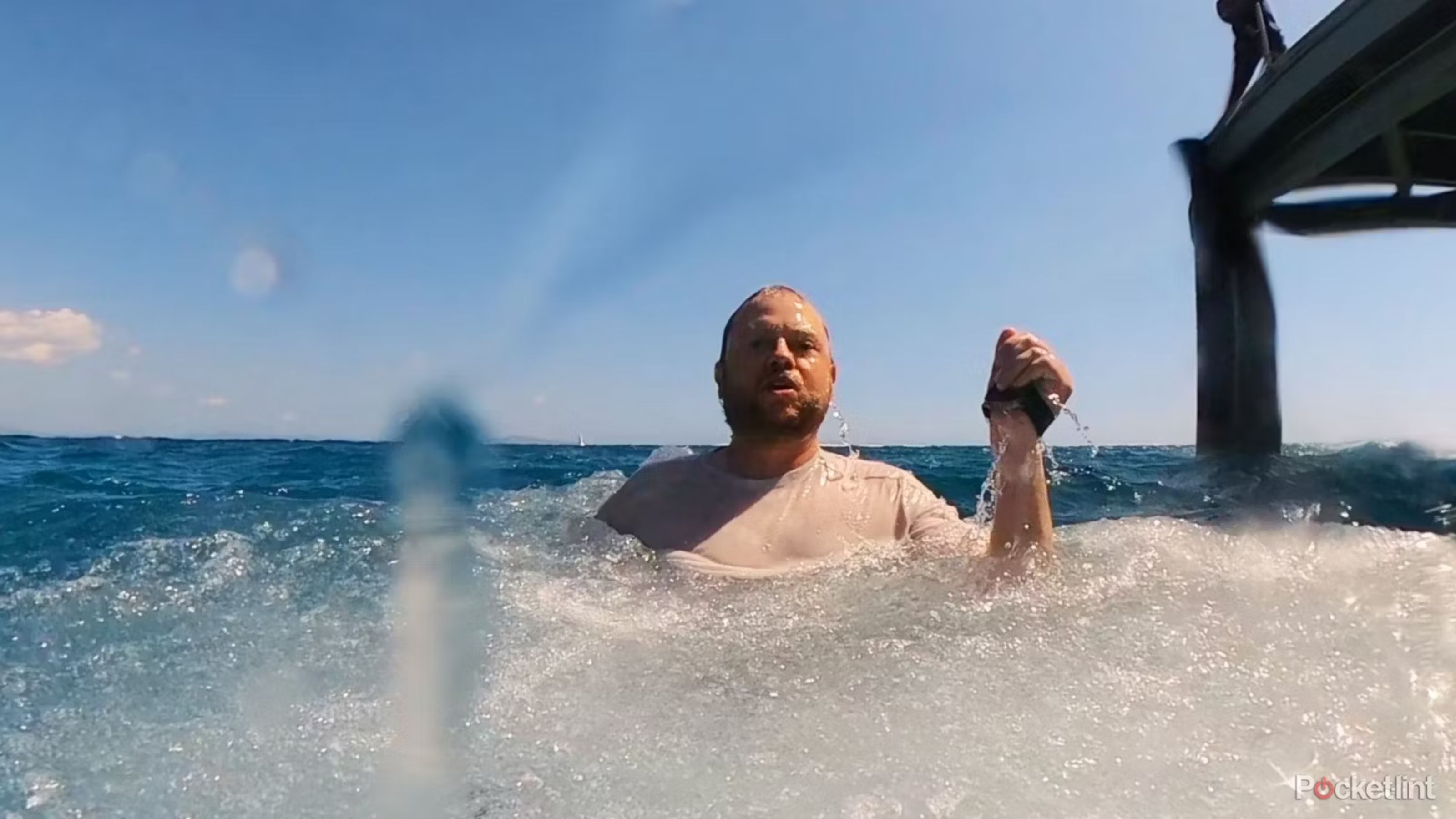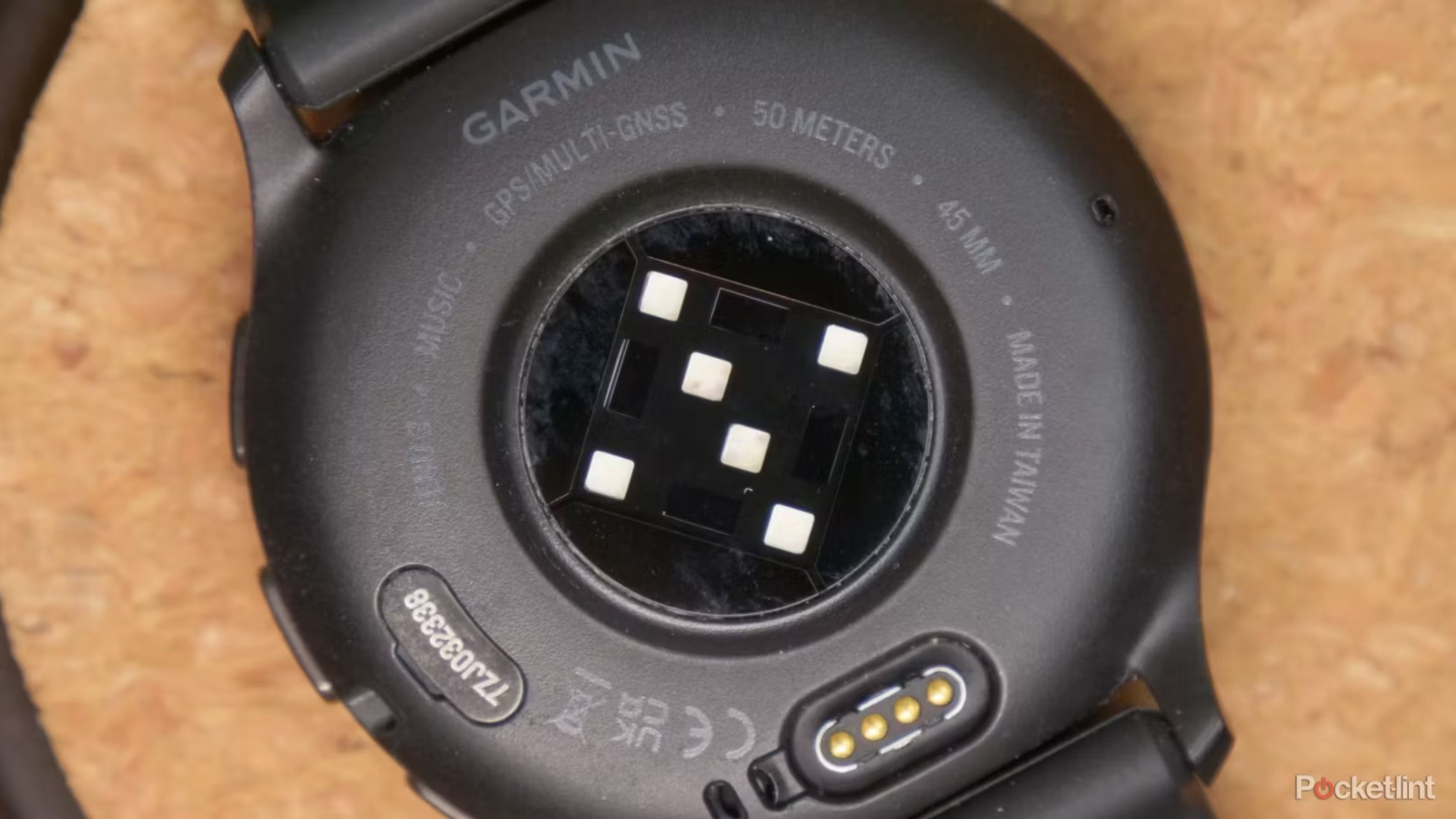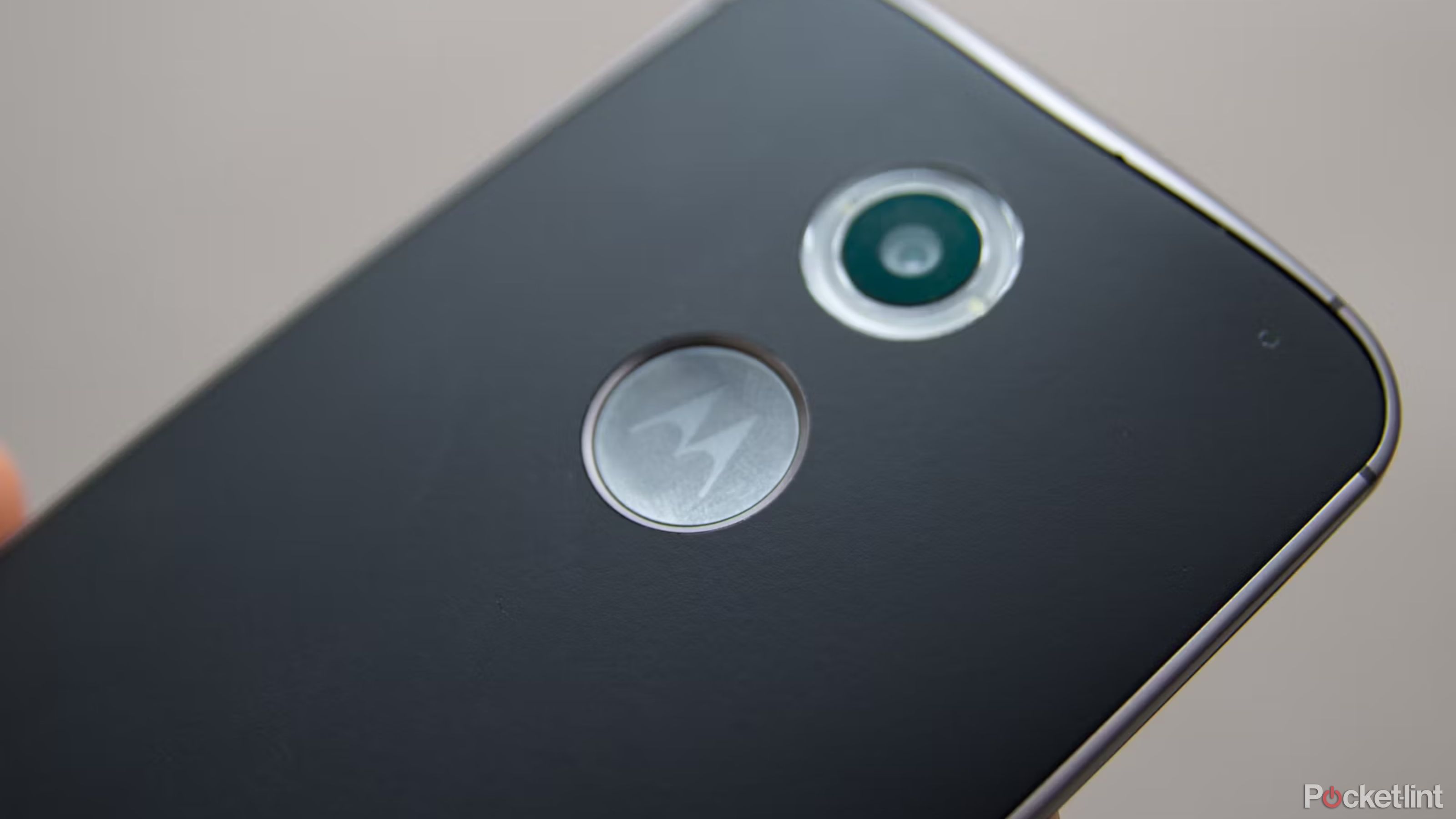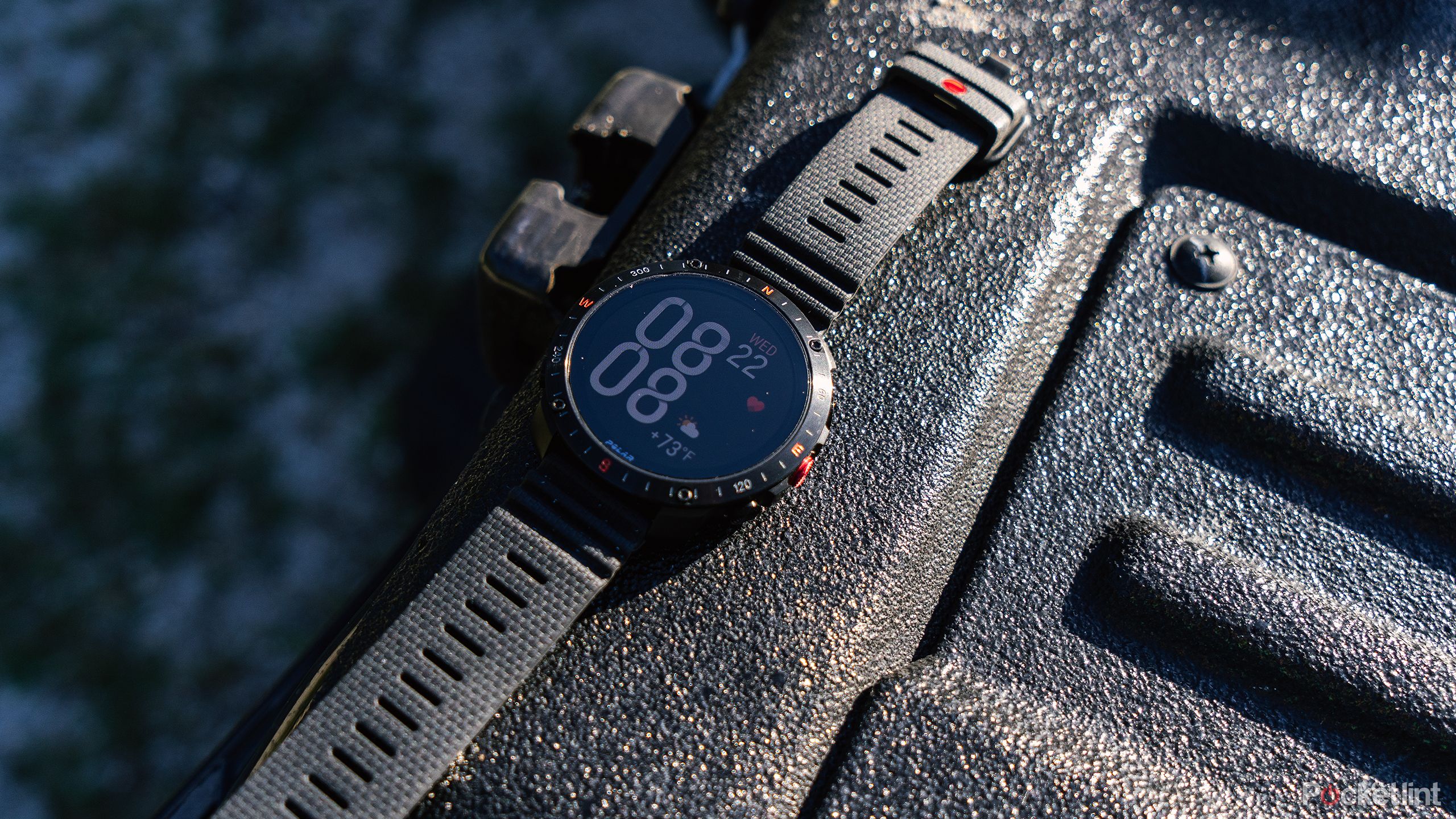Key Takeaways
- Manufacturers are now making waterproof phones the norm, with most upcoming smartphones expected to have some form of dust and water protection.
- When you invest in a new device, like a smartwatch or phone, it’s necessary for it to survive minor accidents like falling in water or the toilet.
- Understanding IP ratings is crucial when it comes to knowing the level of protection your device has against dust and water, ensuring durability.
Modern phones rarely come without some kind of protection from the elements, particularly against dust and water. What used to be quite a niche feature of purpose-built phones has now become a standard, and most upcoming smartphones will likely have some form of protection. What’s more, when companies release their flagship phones, everybody expects them to come with waterproofing — if they don’t, it is counted as a big miss and overall flaw of the device.
Honestly, it shouldn’t come as a surprise. If you’re spending good money on a device, whether it’s an action camera, smart sports watch or a new phone, you need to know it’s going to survive the rain or an accidental trip into a toilet bowl.
Manufacturers know about this, so most of the new phones, especially the higher-end ones, come with water and dust protection nowadays. It’s also resulted in some controversies, such as Apple trying to use it to explain getting rid of the headphone jack as a way to make their phones waterproof — and not as a way to sell Bluetooth headphones.
Manufacturers telling you that the device is waterproof is one thing, though, but having it confirmed by a third party is another. That’s why all the waterproof devices have some kind of certificate that informs you what types of conditions they can withstand and guarantees that the product passed rigorous tests to confirm its resistance levels. Unfortunately, this system might be a bit confusing. It can be confusing with so many different codes, stamps and names for water and dust-resistant qualities and certifications. Let us explain what all of these mean.
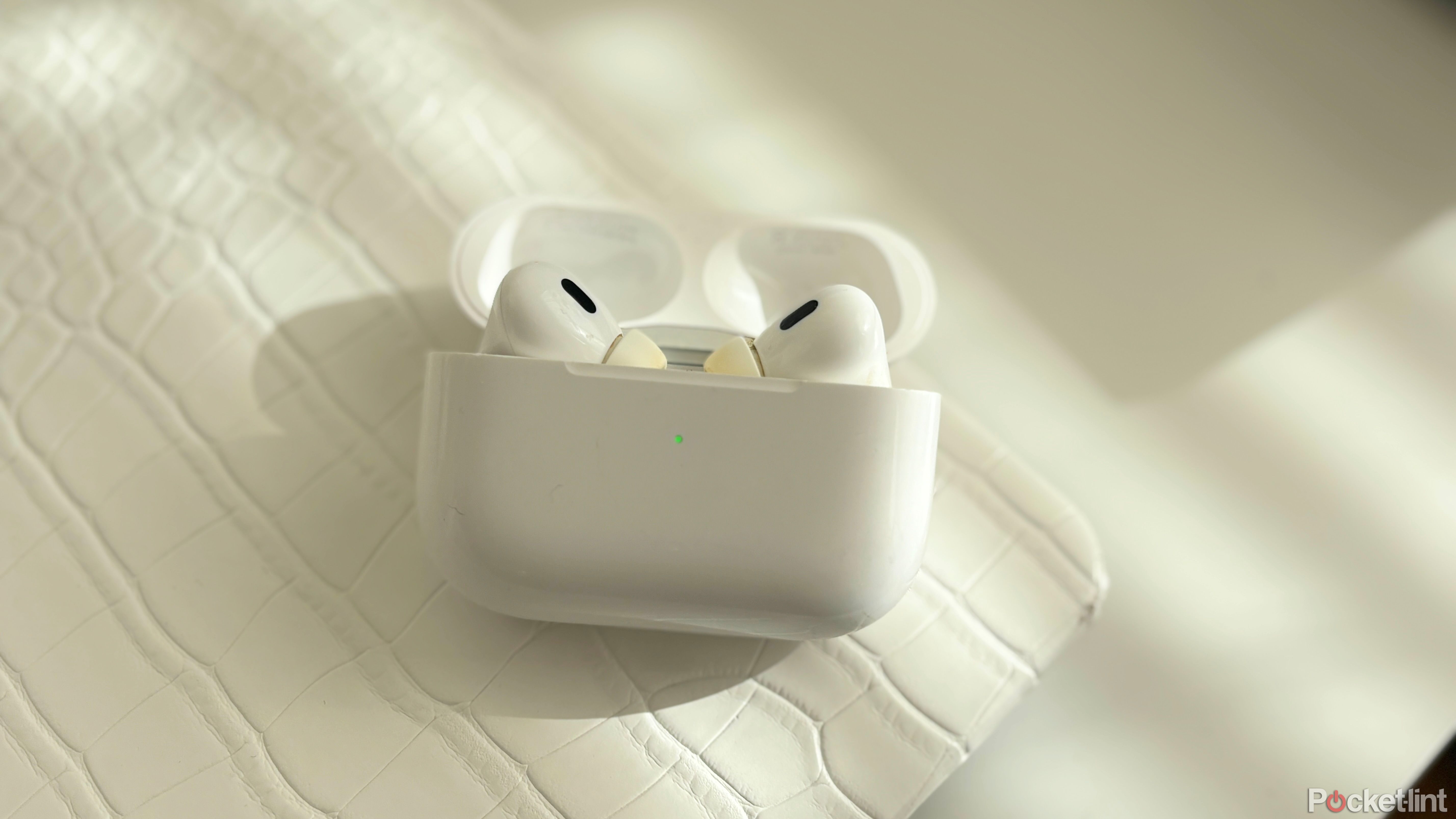
Related
Your AirPods aren’t waterproof: 5 things to do if they get wet
Your AirPods are sweat and water resistant, but they’re not waterproof. So, here’s what to do if they get wet — and no, rice isn’t the answer.
What do the letters and numbers stand for?
If a device has an IP rating, it’s been given an official seal of approval
International Electrotechnical Commission / Pocket-lint
The mIP rating is the most common waterproofing certificate on electronic devices. This certification is regulated by the International Electrotechnical Commission (IEC) and is generally recognized as reliable and trustworthy. If you see an IP rating on your device, you can be sure that it was properly tested and conforms to the specified standards.
IP ratings are usually made up of four characters. There are two letters followed by two numbers, without any hyphens or spaces between them. It’s important to remember what the certification looks like, as some dodgy manufacturers might try to deceive you by putting similarly-looking codes on their device to trick you into thinking it was certified as waterproof.
The first two characters, I and P, stand for Ingress Protection or — in other words — how good it is at stopping stuff from getting inside it. The first numeral indicates how good it is at protecting against small solids (dust/sand, etc.), with a maximum rating of 6. This ranges from no protection at all to being dust-tight.
International Electrotechnical Commission / Pocket-lint
After the four usual characters, you might also get some additional letters denoting particular kinds of elemental protection. However, these are much more technical and do not appear on personal tech products, so you really don’t have to worry about them.
|
1st Numeral |
Solid object/dust resistance |
|---|---|
|
0 |
No protection |
|
1 |
Protected against solid objects 50mm or larger |
|
2 |
Protected against solid objects 12.5mm or larger |
|
3 |
Protected against solid objects 2.5mm or larger |
|
4 |
Protected against solid objects 1.0mm or larger |
|
5 |
Dust-protected (but not completely dust-tight) |
|
6 |
Dust tight |
The second numeral is the liquid or water resistance rating, with a max rating of 9. That’s from no protection up to high-pressure and high-temperature water jets.
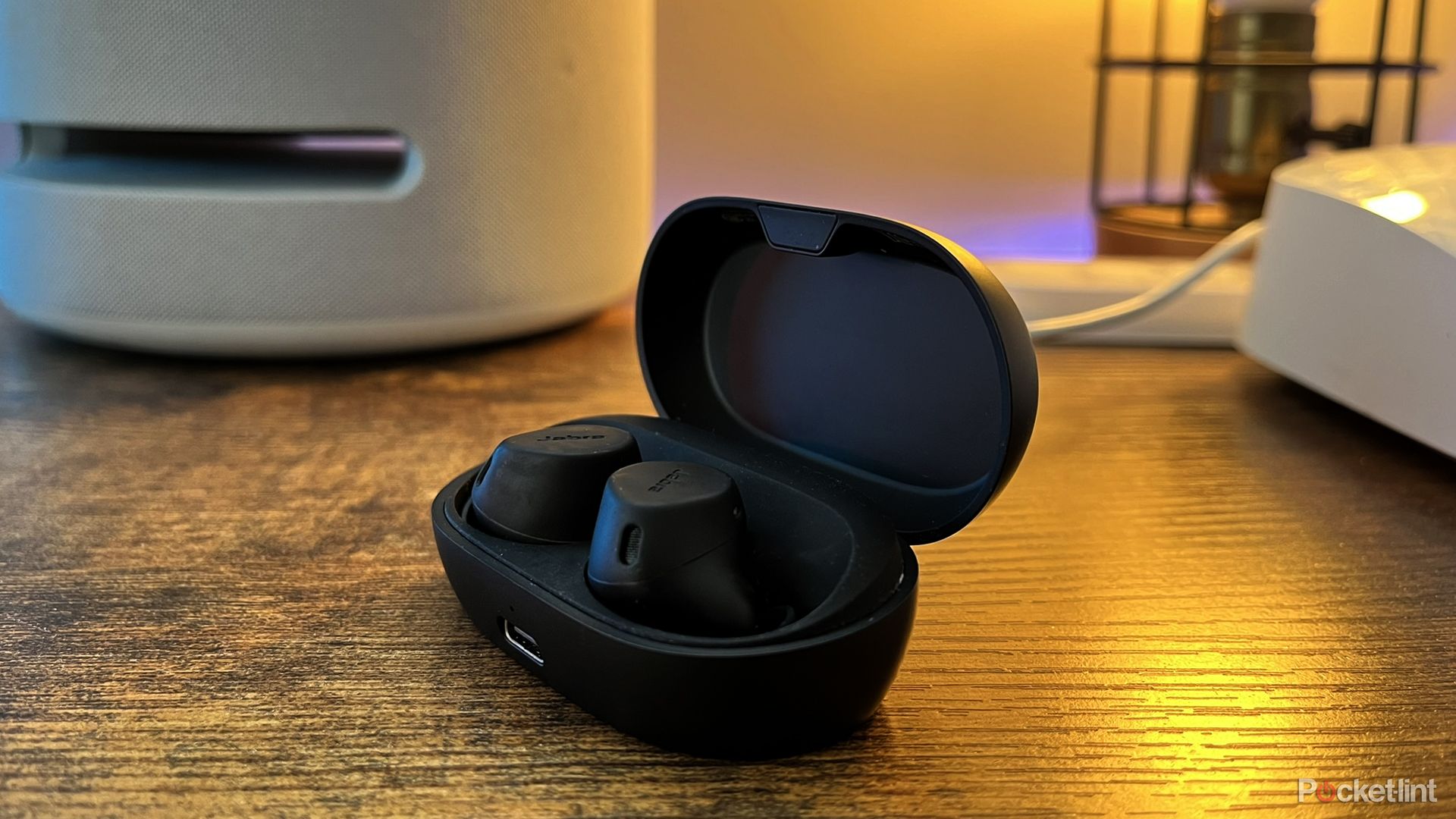
Related
6 features you should look for in workout earbuds and headphones
Demanding workouts mean demanding headphone specs.
|
2nd Numeral |
Water resistance |
|---|---|
|
0 |
No protection |
|
1 |
Protected against small drops falling vertically onto the device head-on |
|
2 |
Protected against small drops falling vertically with the device at a 15-degree angle |
|
3 |
Protected against water being sprayed up to a 60-degree angle on either side of the device |
|
4 |
Protected against splashes against the device from any direction |
|
5 |
Protected against water being projected gently in jets |
|
6 |
Protected against water being projected in powerful jets |
|
7 |
Protected against being immersed in water temporarily |
|
8 |
Protected against being continuously immersed in water for a longer period |
|
9 |
Protected against water being projected at high pressure and temperature |
In other words, if you see IP69 somewhere, you know it offers the highest IP rating for both dust and water resistance. At least when it comes to the IP-rating certification.
There is one more sign that might appear in place of the two numbers — it’s the capitalized X. If you see the X in place of one of the numbers, it means that insufficient data was collected in order to certify the device in this area. The IP certification costs the manufacturer a considerable amount of money, so if they have another certificate or feel like they don’t need one of the IP standards, they might just opt for certifying for one of the two types of protection.
0:41
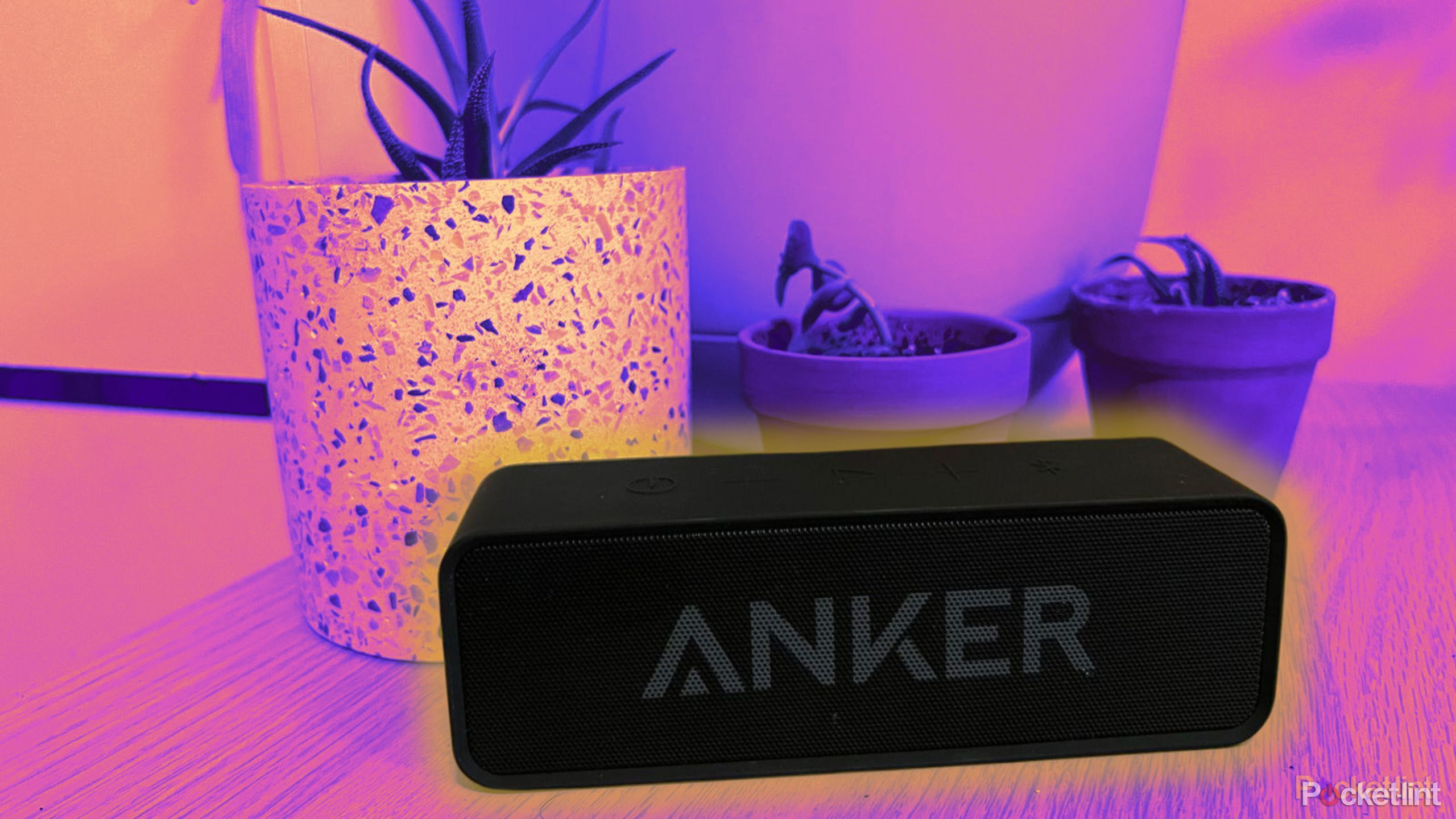
Related
This budget, waterproof Anker speaker is my perfect audio companion
At under $40, Soundcore’s original Bluetooth speaker delivers clear audio come rain or shine — and even in the shower.
What does IP68 mean?
Most modern flagship smartphones come with IP68 certification
Apple / Pocket-lint
There are numerous combinations when it comes to IP ratings, and it can get confusing, but IP68 is one of the most common you’ll find on technology devices.
When it comes to solids, devices have been tested against dust and found to be dust-tight. Anything with a “6” as the first numeral is as impervious to dust as can be tested and certified on this particular scale. For the second numeral, the 8 denotes that it’s protected against submersion in water up to a defined depth and time duration.
- IP = Ingress Protection
- 6 = Dust Tight
- 8 = Survives being submerged in water
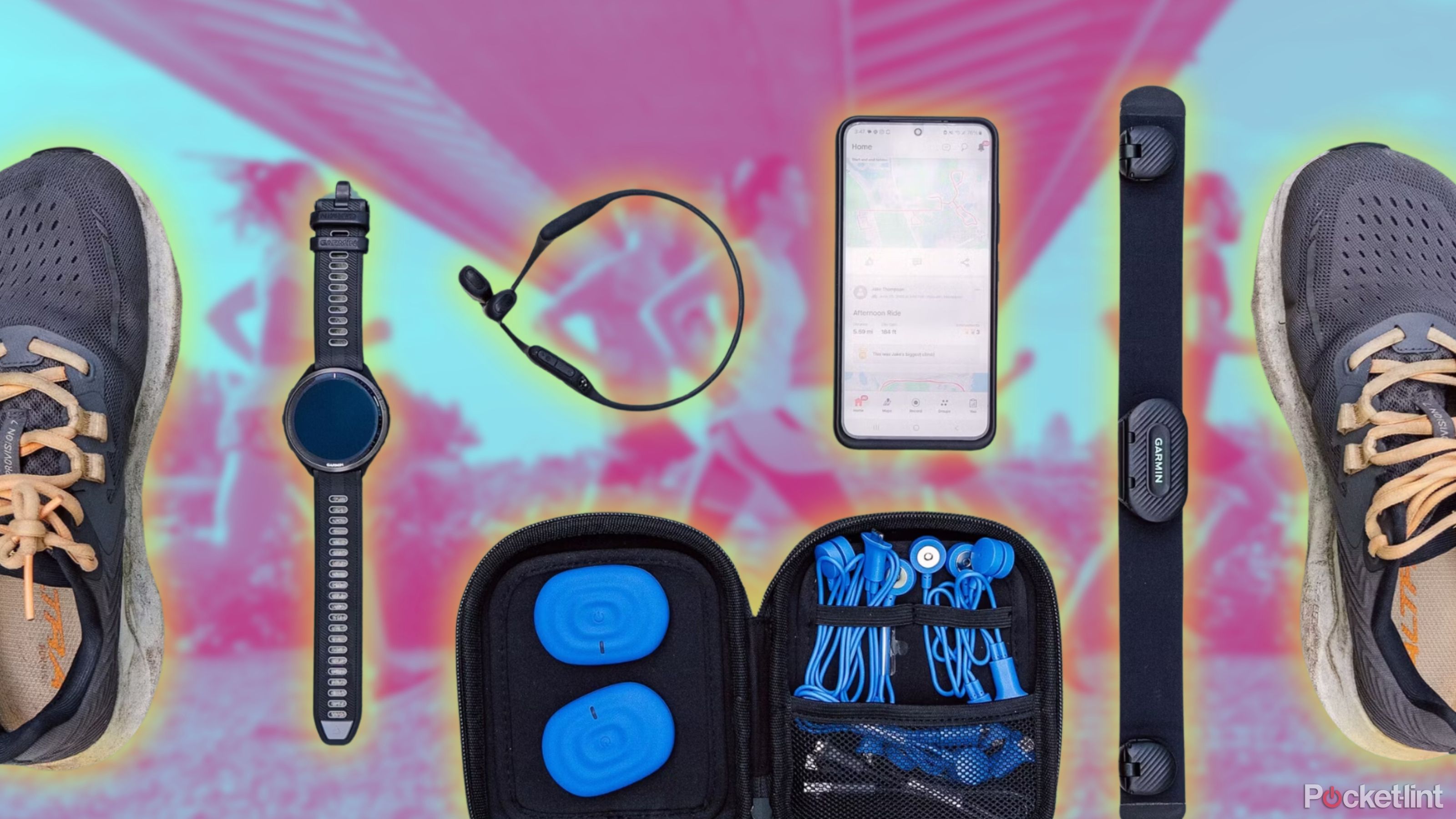
Related
I use these 7 gadgets and apps to run faster and stronger
While all you really need is shoes, these gadgets and apps can totally boost your jog time.
It’s probably worth noting that just because something is IP68-rated and great at lasting underwater, it may not be tested to withstand rain or spray from a jet of some kind. This is why Sony states IP65/68 on its devices. However, in most cases, you’d assume that if a device conforms to the IP68 standard, it also should be able to handle the conditions needed to pass the IP65 certification.
Sony / Pocket-lint
Another thing to mention is that the IEC (which governs the international standards for IP ratings) doesn’t specify what the depth or the duration of water protection is — it just sets a standard for 7 and 8, saying that 8 needs to be more than 7. Typically, you’ll find that 7 would be 1 meter for 30 minutes, and 8 would be more than that — but manufacturers should state what protection level has been tested. For instance, Apple says its IP68-rated iPhone 15 can survive being up to 6 meters deep for up to 30 minutes.
What about IP65, IP53, or others?
You’ll find these ratings on many earbuds, speakers, and midrange phones
Often times, you’ll see products with more than one IP rating, and that’s simply because they’re tested for different kinds of waterproofing. For instance, the Sony Xperia 1 IV has both IP68 and IP65 ratings. As mentioned already, the IP68 rating means it can survive being submerged. IP65 denotes that it’s also good at handling spray.
Technically, it’s tested using water being projected by a 6.3mm nozzle. In real-world use, though, it just means it can survive rain or a shower. Just don’t go spraying it with a pressure washer.
If you find an older device with IP53, that means it’s somewhat protected against dust, but not totally, and can live with spraying water, but not jets of water and certainly not being submerged.
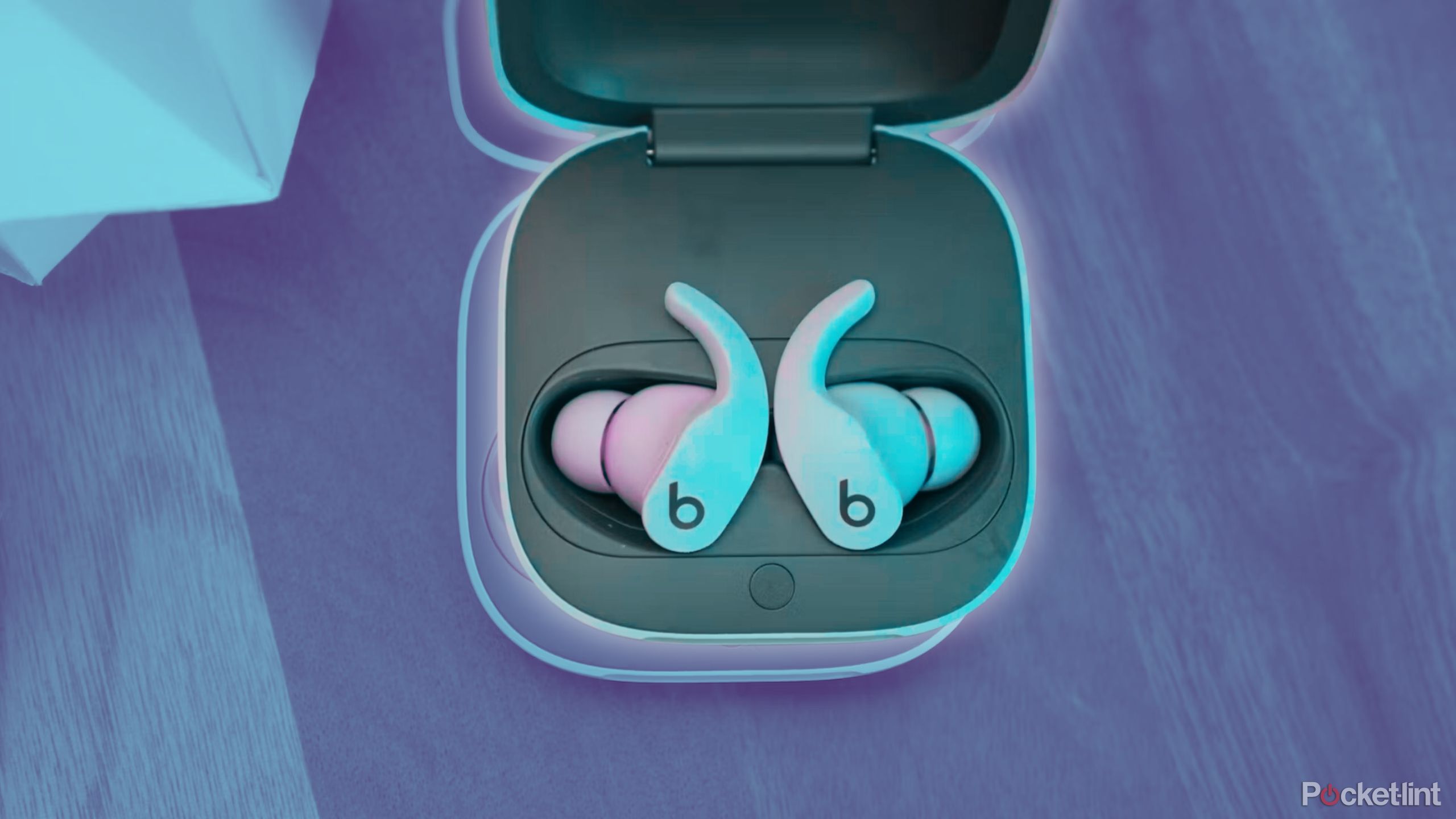
Related
If the Beats Fit Pro 2 has these 6 features, they’ll be the best workout headphones
If they include adaptive transparency mode and five other improvements, the next generation Beats Fit Pro will be my best recommendation.
What’s with the Apple Watch’s IP6X, WR50, and WR100 ratings?
The Apple Watch can survive a plunge in fairly deep water
- IP6X = Dust tight
- WR50 = Water resistant up to 50M
- WR100 = Water resistant up to 100M
Apple Watch Series 7 was announced in September 2021, and — in the announcement — two unfamiliar terms were used to denote how water and dust-resistant the latest watches are: IP6X and WR50. These have since translated across to the Series 8 and the Apple Watch SE (2nd generation). The Watch Ultra has IP6X, too, though it has WR100 instead of WR50.
As I’ve already mentioned, the first numerical value is for dust resistance. Like any device with IP68 or IP67, that “6” means it’s dust resistant to a very high level or is “dust tight”, meaning no dust can get into the watch. The “X” means it doesn’t have an IP rating against water, but that doesn’t mean it’s not water-proof — it’s just not certified as conforming to that standard.
It’s much more common for watches to supply water protection figures in depth (50m, for example) or in atmospheres.
Apple’s (and others) WR50 and WR100 labels mean water-resistant to 50 meters or 100 meters, respectively, and since that’s way above the 1.5m depth that’s certified by the standard IP-rating system, there’s no real need to have devices with those labels certified. They’re water-tight, and you can take them swimming or out in the rain on a run.
It’s much more common for watches to supply water protection figures in depth (50m, for example) or in atmospheres (5ATM), which is a reflection that it will survive the water pressure at that depth.
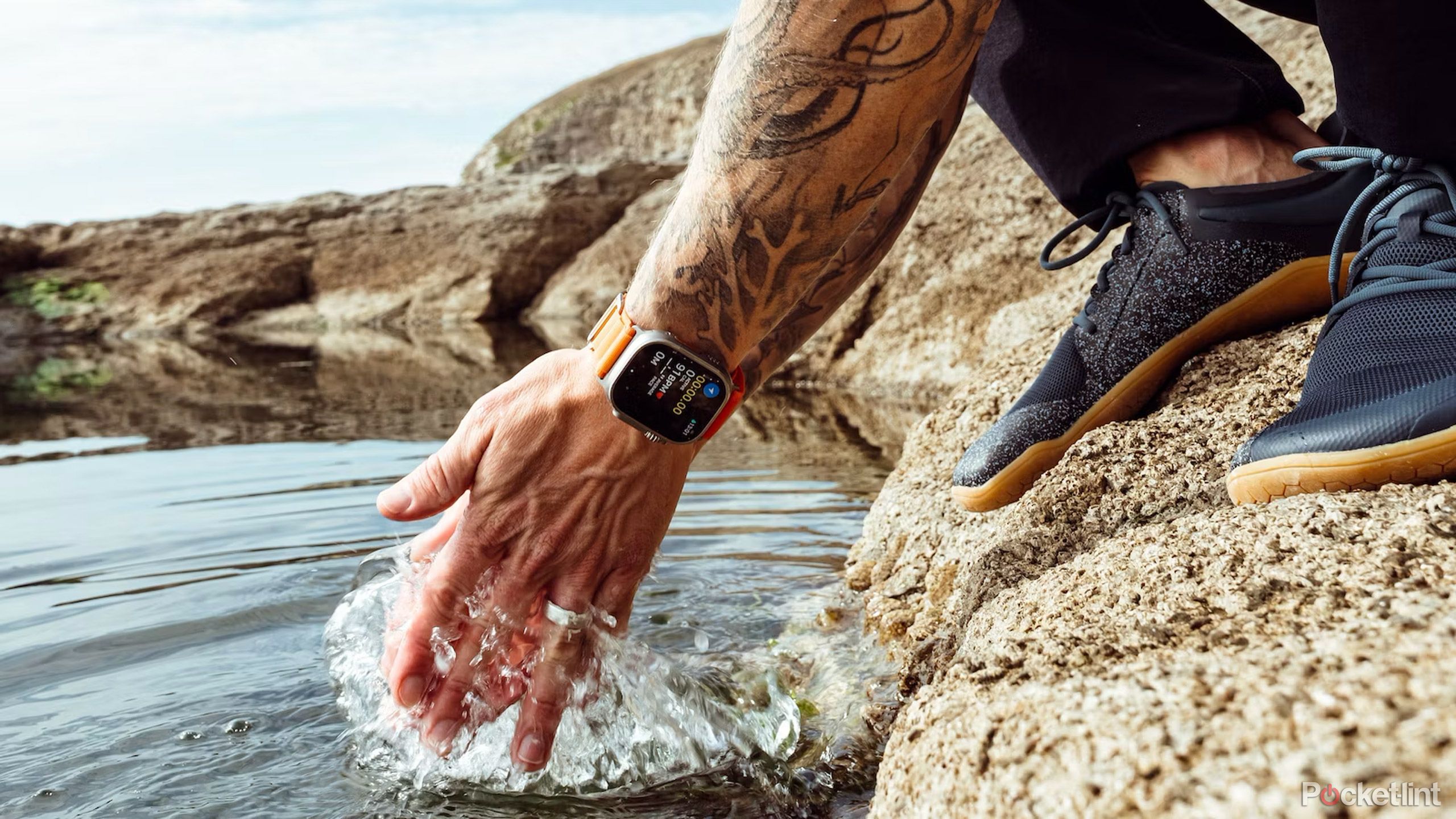
Related
Apple Watch Ultra 3: What we know so far
Expect an evolutionary upgrade instead of anything earth-shattering.
What does IPX7 or IPX8 mean?
The X signifies that the product hasn’t been officially certified
The presence of the X in the rating does throw some people, but devices like the first generation Apple Watch, some Garmin cameras and wearables, and even some phones feature it. It means the device hasn’t been certified for protection against dust, but doesn’t mean it isn’t dust-resistant.
This simply means it can withstand water ingress — such as the Samsung Galaxy Z Flip 5, which has an IPX8 rating, meaning it can withstand immersion in water but has no protection against dust ingress (because of the hinge design).
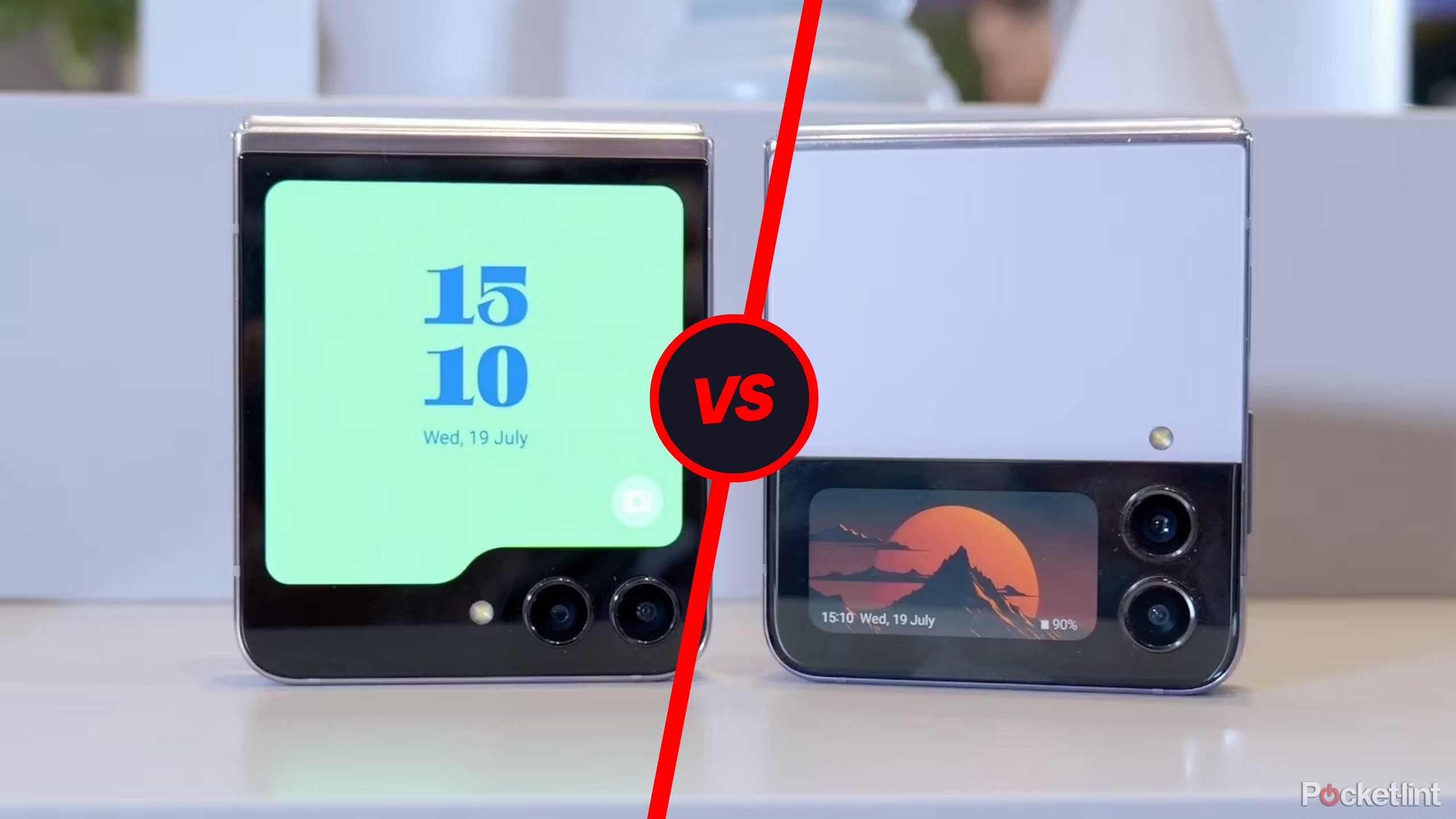
Related
Samsung Galaxy Z Flip 5 vs Z Flip 4: What’s changed?
Samsung’s Galaxy Z Flip 4 and Z Flip 5 are very similar, until they’re not. Here’s how they compare and differ, and which one is right for most.
What is nano-coating?
It’s a hydrophobic coating that’s designed to repel water away from sensitive components
Nano-coating is a microscopically applied film that’s sprayed over the internal components to help water roll away from anything that could potentially be damaged by moisture.
Some companies like to build their phones with a water-repellent nano-coating but don’t offer a specific IP rating. With these devices, like the old Moto Z, the phone will probably be fine with accidental spills, light rain, or the odd splash, but it won’t survive being submerged or when faced with jets of water or heavy rain.
This type of nano-coating has evolved and will offer complete protection from submersion, too, without relying on seals in the phone’s body.
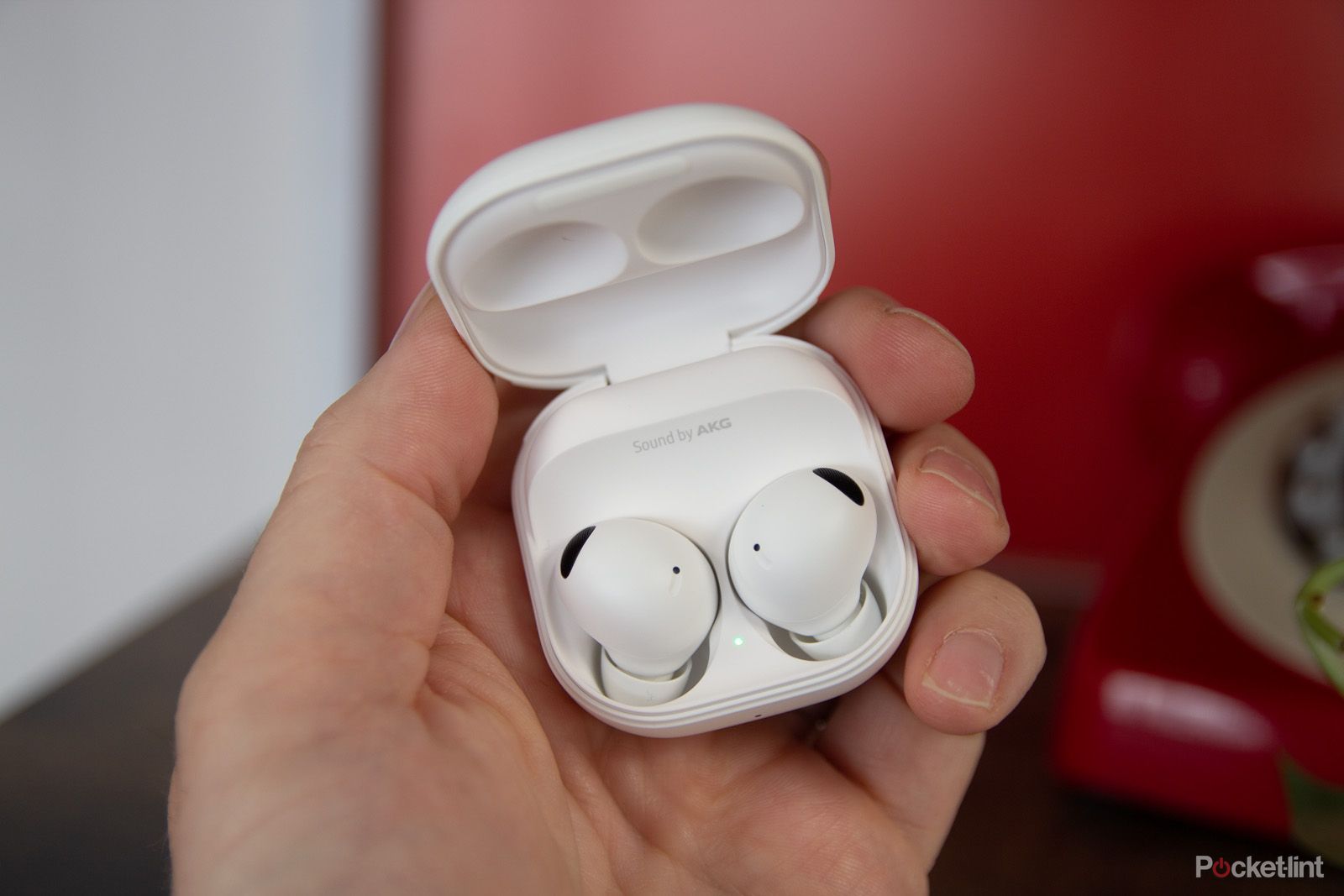
Related
Best waterproof earbuds: Don’t fear the rain
Rain, sweat, and cables shouldn’t get in the way of listening on the go.
What does ATM mean?
It stands for ‘atmospheres’, not to be confused with ‘Automated Teller Machines’
Although some smartwatches will include an IP rating, you’ll more often than not find waterproof capabilities denoted by ATM, at least with watches designed for sports or outdoor activities. ATM stands for atmospheres (nothing to do with cash machines) and basically indicates how much pressure it can take. Or, in other words, how deep can you take it underwater?
It’s normally reserved for devices designed to be used underwater, and in most cases, 1 ATM is 10 meters, 5 ATM is 50 meters and 10 ATM is 100 meters. With the Apple Watch models (except the Apple Watch Ultra), for example, that depth is 50 meters, so it can be used to track swimming.
For a breakdown of each individual’s possible IP rating, check out the level-by-level chart at the IEC.
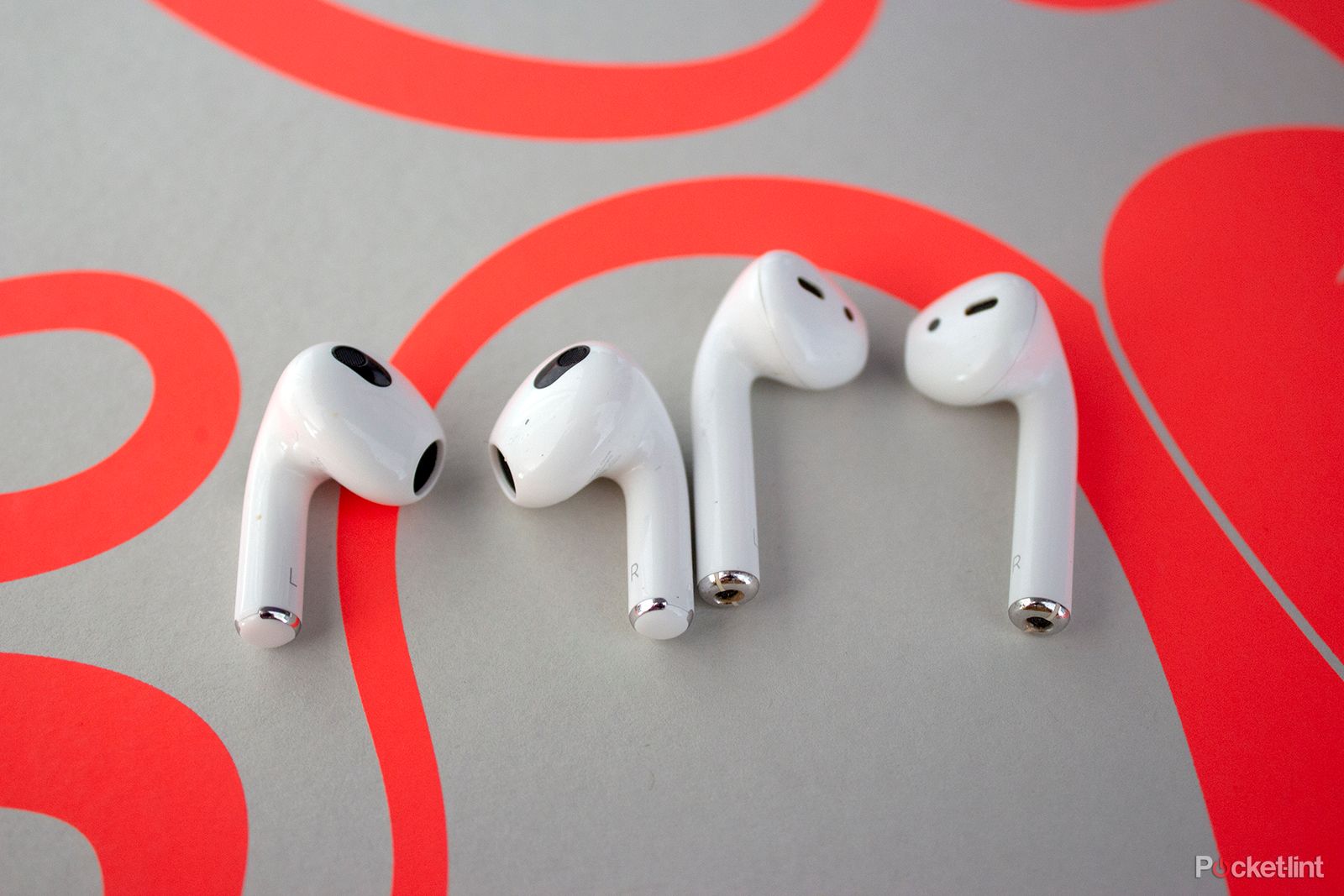
Related
Are AirPods waterproof? Water resistance explained
Your favourite little earbuds might not be as durable as you’d like, depending on which you have.
Trending Products

Cooler Master MasterBox Q300L Micro-ATX Tower with Magnetic Design Dust Filter, Transparent Acrylic Side Panel, Adjustable I/O & Fully Ventilated Airflow, Black (MCB-Q300L-KANN-S00)

ASUS TUF Gaming GT301 ZAKU II Edition ATX mid-Tower Compact case with Tempered Glass Side Panel, Honeycomb Front Panel…

ASUS TUF Gaming GT501 Mid-Tower Computer Case for up to EATX Motherboards with USB 3.0 Front Panel Cases GT501/GRY/WITH Handle

be quiet! Pure Base 500DX ATX Mid Tower PC case | ARGB | 3 Pre-Installed Pure Wings 2 Fans | Tempered Glass Window | Black | BGW37

ASUS ROG Strix Helios GX601 White Edition RGB Mid-Tower Computer Case for ATX/EATX Motherboards with tempered glass, aluminum frame, GPU braces, 420mm radiator support and Aura Sync

CORSAIR 7000D AIRFLOW Full-Tower ATX PC Case â High-Airflow Front Panel â Spacious Interior â Easy Cable Management â 3x 140mm AirGuide Fans with PWM Repeater Included â Black


